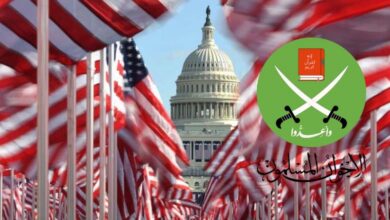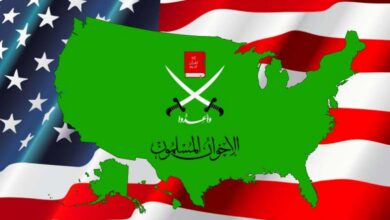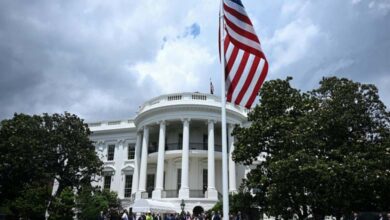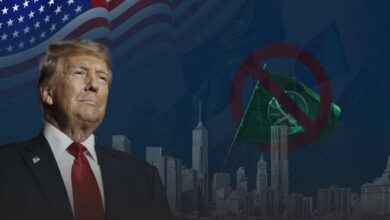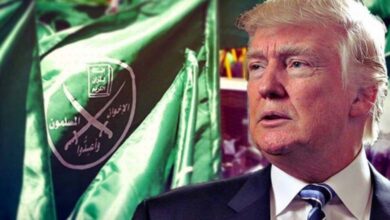Trump Unveils the Air Sovereignty Triad: A Strategy to Shape the Sky of the Century

In a major shift in U.S. air doctrine, President Donald Trump launched what he called the “Air Sovereignty Triad” from Arizona, announcing a series of executive orders that realign national security and technological supremacy toward the skies.
The moves, made before an audience of industry leaders and security officials, place aviation and aerospace at the forefront of the new American administration’s priorities, reflecting Trump’s traditional “America First” slogan — now applied to the skies.
Drones
In the first executive order, Trump initiated a comprehensive plan to stimulate and manufacture drones within the United States. This came amid rising concerns over the growing use of foreign platforms — particularly Chinese — in the U.S. market, with accompanying risks of data breaches and national security threats.
The president directed federal agencies to rapidly integrate these drones into critical infrastructure — particularly in emergency response, medical transport, and express delivery — emphasizing that “the American sky should only host American-made aircraft.”
The order also includes support for electric vertical takeoff and landing aircraft (eVTOL), expected to revolutionize urban transport, giving American companies the opportunity to lead this emerging global sector.
Trump declared: “We will not allow foreign drones to spy on our data or fly over our facilities… the American sky must be fully protected, with national platforms only.”
Internal Sky Shield
The second executive order addresses a highly sensitive issue: defending against hostile small drones.
Trump announced the launch of the “Internal Sky Shield” to detect and intercept unauthorized aircraft, following incidents involving drone intrusions near airports, nuclear facilities, and espionage attempts on military installations.
Under the order, a permanent national task force will be formed — including the Departments of Homeland Security, Justice, and the Federal Aviation Administration — to develop systems for detection, jamming, and immediate neutralization of hostile drones, particularly those flying at low altitudes, considered a rising unconventional threat.
For the first time, such threats are officially recognized as national security concerns, signaling the administration’s intention to redefine the notion of protected airspace.
Supersonic Flight
In his third order, Trump lifted a ban that had been in place since the 1970s on supersonic flights over U.S. territory — a restriction originally imposed due to environmental and noise concerns.
The president tasked the FAA and NASA with establishing new standards to enable commercial supersonic aircraft that reduce noise and emissions, bringing America back to the forefront of a race now dominated by China and the United Kingdom.
In his speech, Trump asked: “Why do we travel six hours from New York to Los Angeles when we could cut it to two? Why are we falling behind while others move ahead?”
A clear expression of his ambition to reclaim American leadership in high-speed aviation.
The Sky as a Sovereign Domain
The “Air Sovereignty Triad” brings together security, economic, and technological dimensions under a unified strategy:
- Security: Strengthen internal protection against emerging threats like hostile drones.
- Economy: Stimulate advanced national industries and generate thousands of new jobs.
- Technology: Lead the next generation of aviation and set American standards in global markets.



